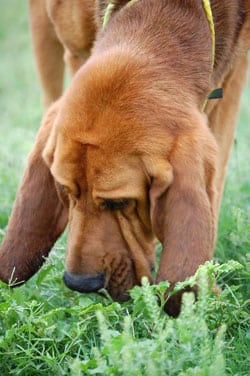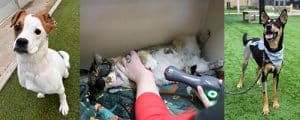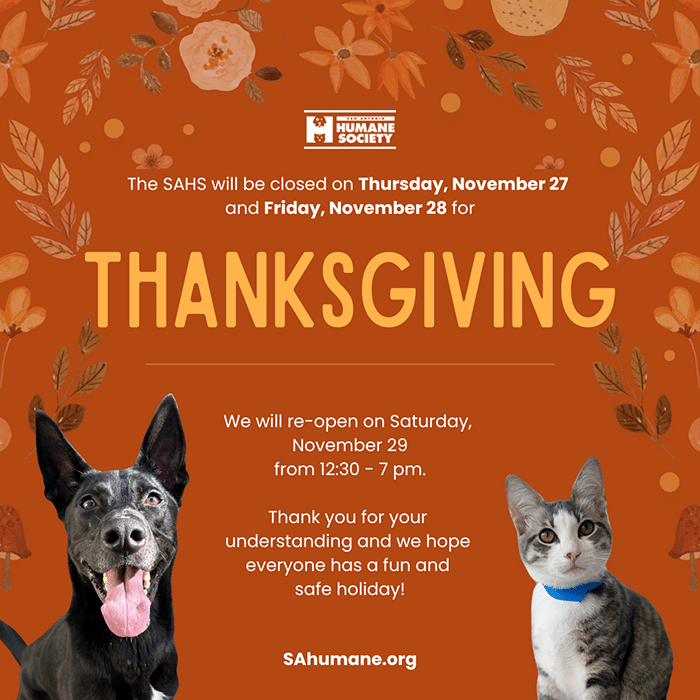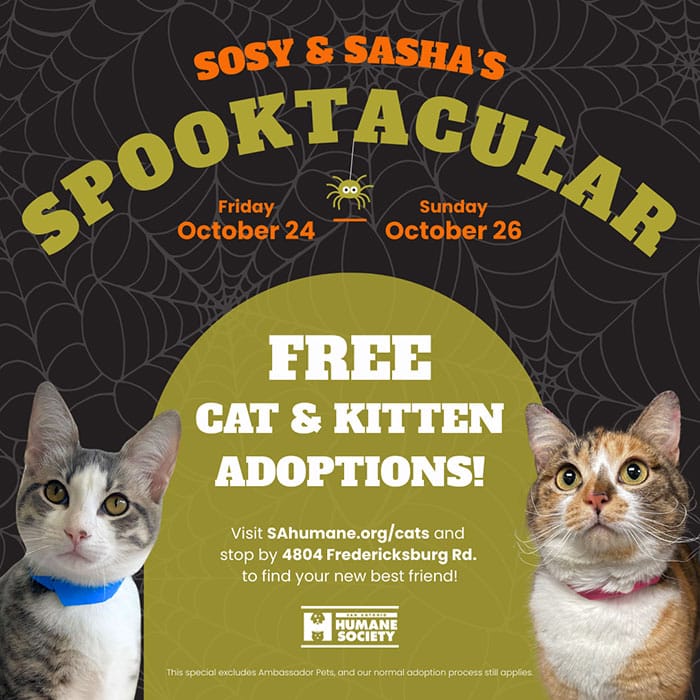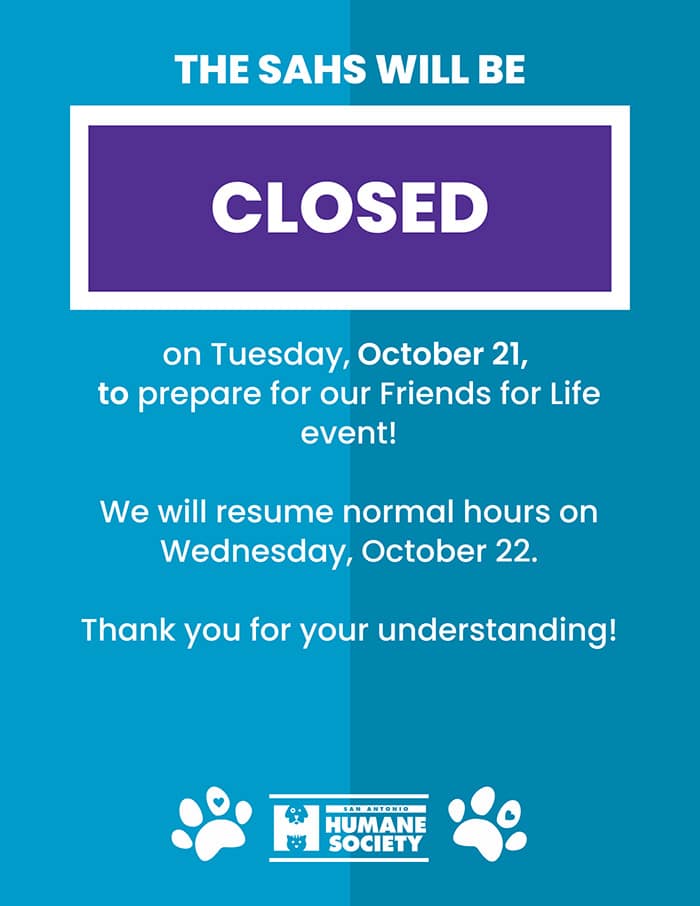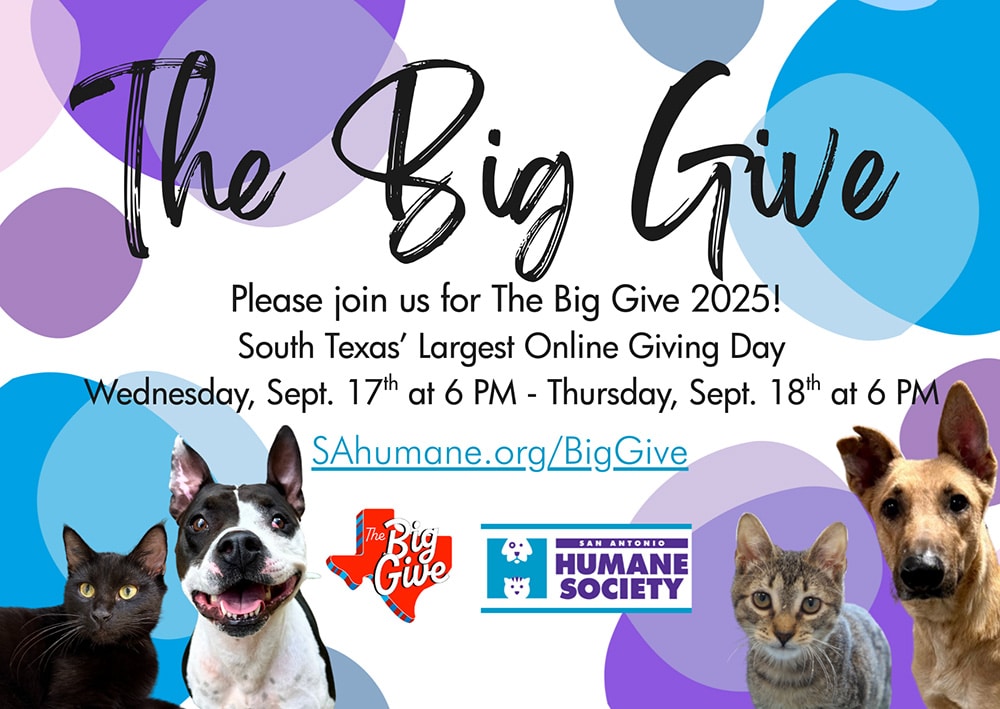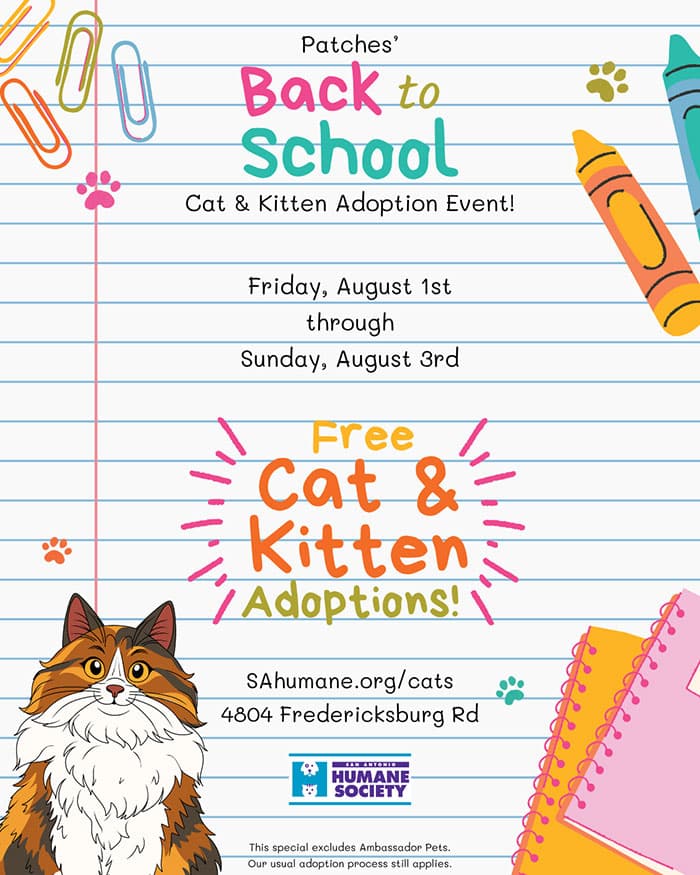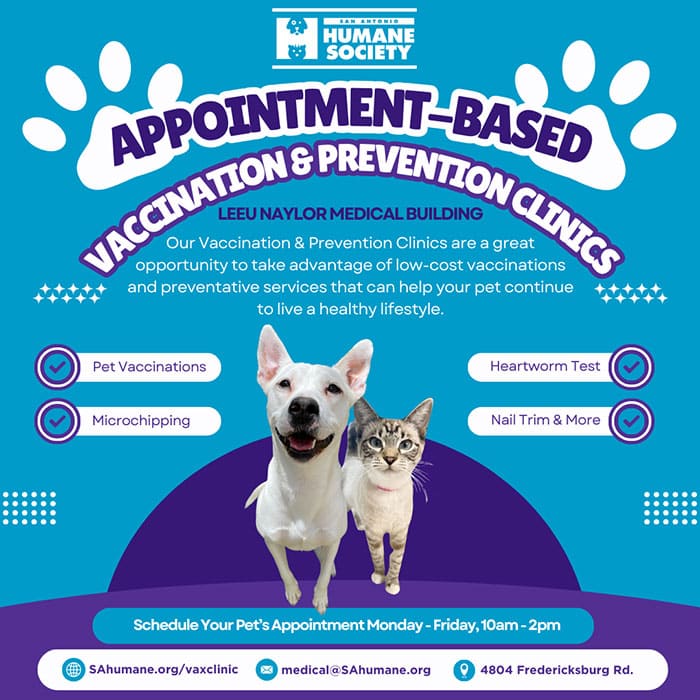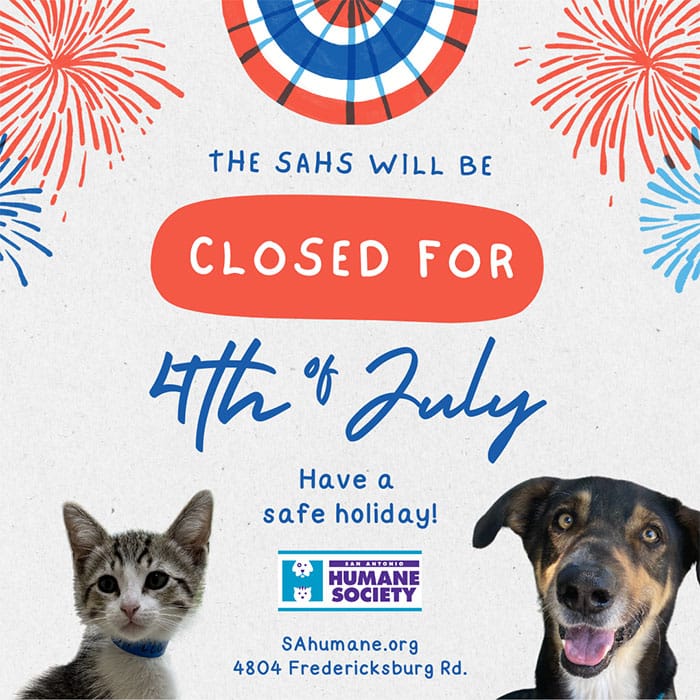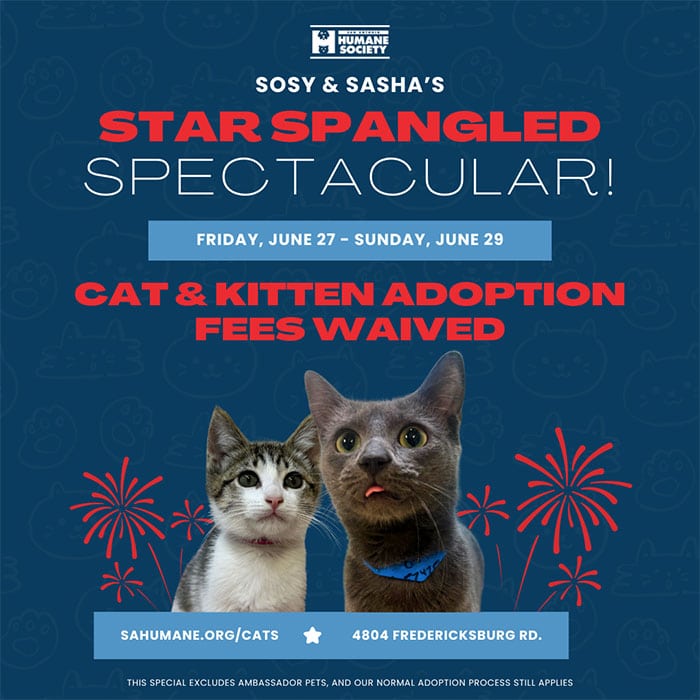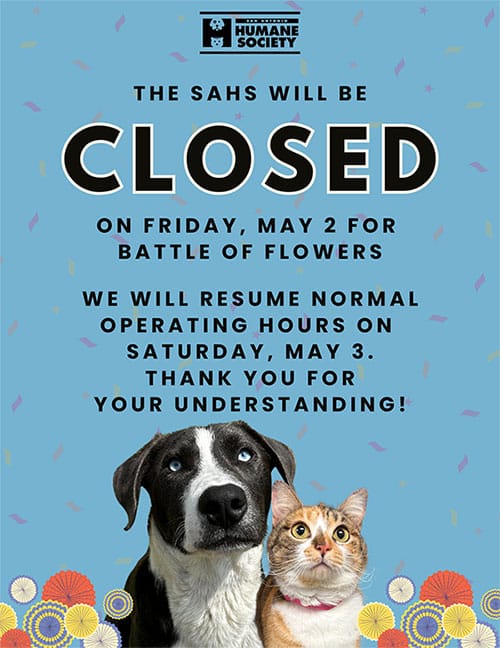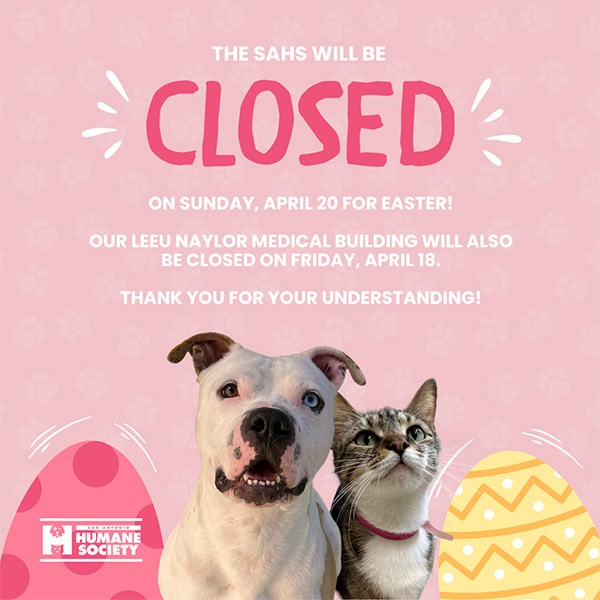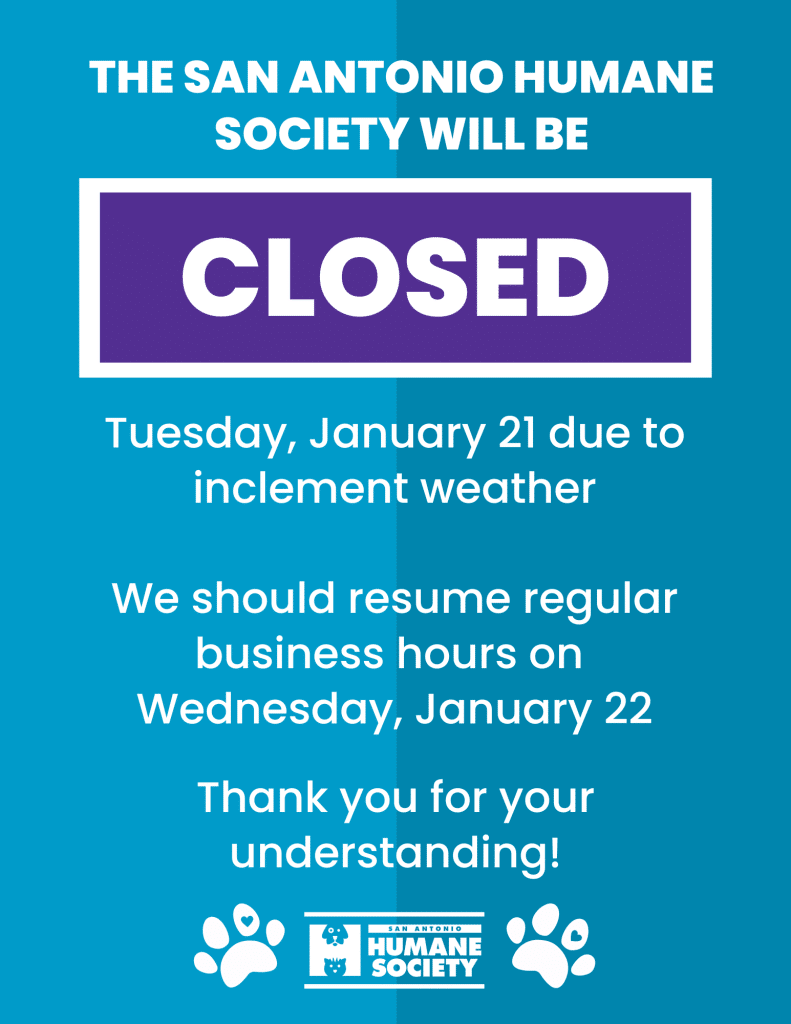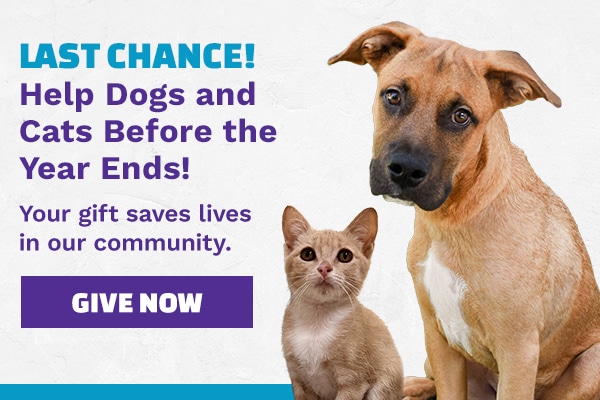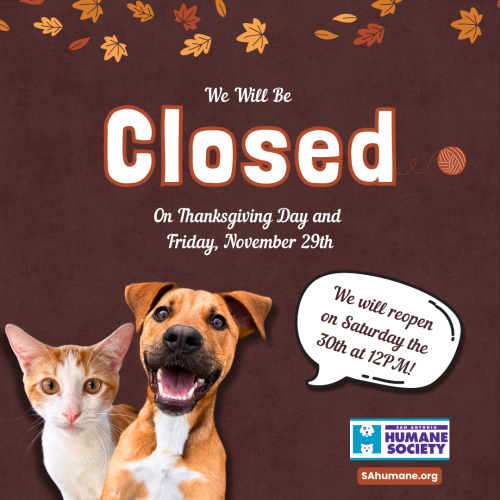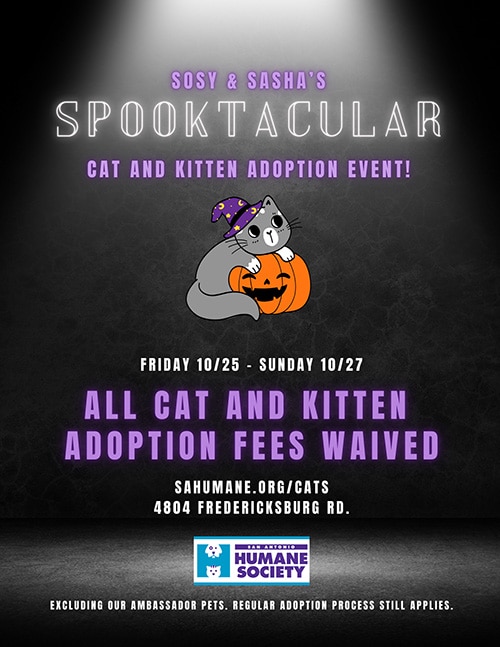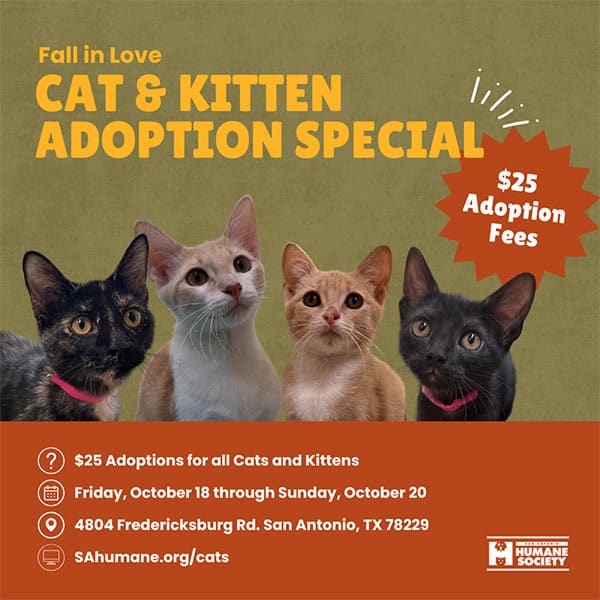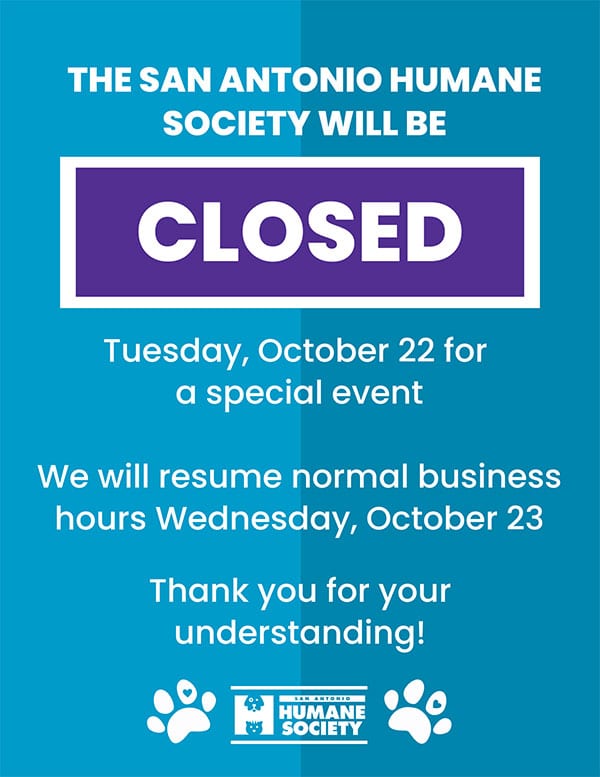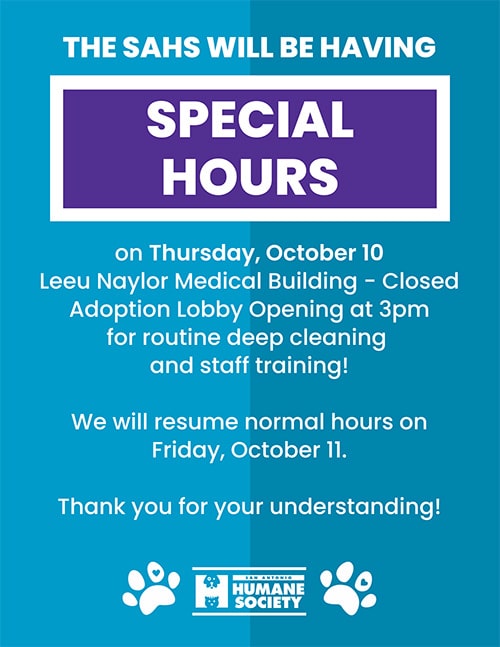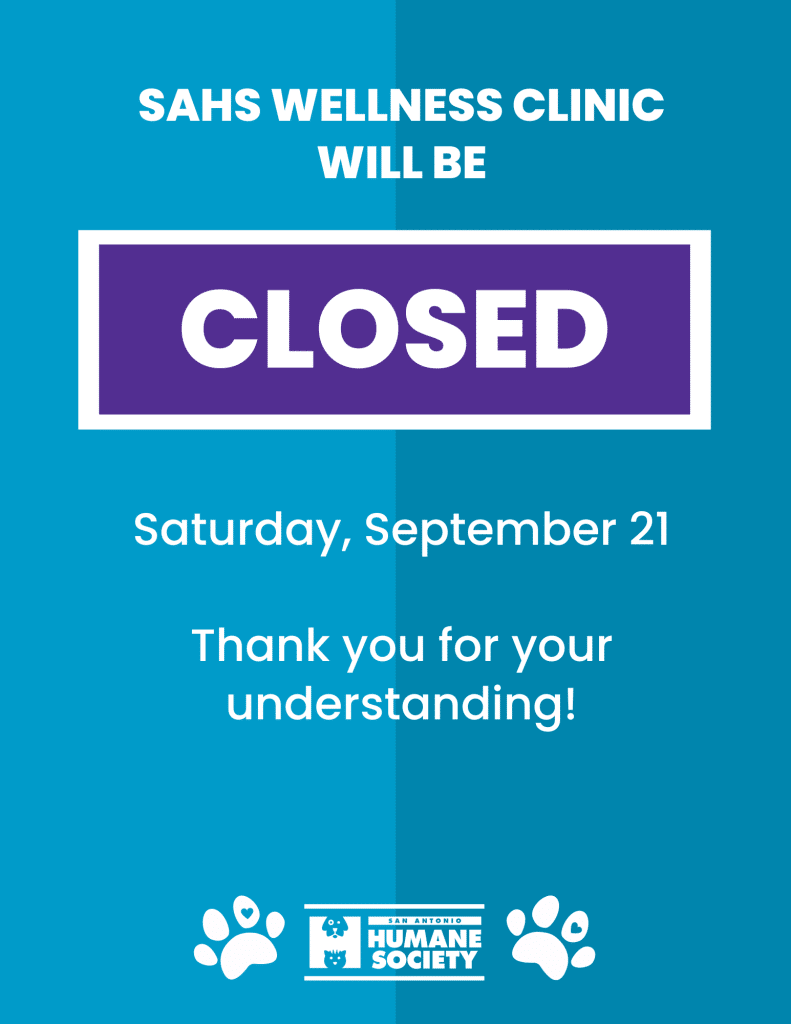Growing up, Mom always said sharing was caring, and while I’m all for sharing my side of the bed with my pup, there are some things that we love that are just not made for our pets. So lets talk about common foods and plants that are poisonous to your pets.
Here is a list of the most popular household foods and plants that are poisonous to your pets.
You can find a more extensive list and their side effects here (including plants).
Alcoholic beverages
Aloe
Apple seeds
Apricot pits
Chamomile
Cherry pits
Chocolate
Coffee
Figs
Flower bulbs (Lilies, Tulips, Irises, Daffodils, Peonies, Dahlias, Sago Palm etc.)
Garlic
Grapes, Raisins, Currants
Hops
Macadamia nuts
Mushrooms
Mustard seeds
Onions & onion powder
Peach pits
Rhubarb
Salt
Tea
Tomatoes & tomato plants
Walnuts
Yeast dough
Xylitol (sweetener)
Also, notable household chemicals to be aware of are anti-freeze, motor oil, and rat poison. Your pets should have ZERO access to these products.
So you are frantically searching the internet because your pet got into something they weren’t supposed to; what do you do next? Well, as every case is different, it’s best to call your vet first. No answer? Call your local pet emergency clinic. No answer? Call Poison Control. They’ll answer. The number for the ASPCA Animal Poison Control Center is 1-888-426-4435 or you can call the Pet Poison Helpline at 1-800-213-6680, but use these numbers sparingly as both of these services require consultation fees.
Generally speaking, inducing vomiting within 20 minutes is the easiest way to remove a harmful substance that your pet has ingested, but only when it’s safe to do so! It’s usually safe to induce vomiting if your pet has gotten into medicine, rat poison, chocolate or other foods. Using about half an ounce to an ounce of hydrogen peroxide(depending on the size of your pet) deposited on the back of the tongue is the safest way to induce vomiting. Note here, cats, do not regurgitate on command. You can try, but you will fail, CALL YOUR VET! Ok, so you know when it’s safe to induce vomiting, but what about when it’s not? If your pet has gotten into a chemical substance, that is a whole different story. Chemicals can burn the esophagus on the way back up and cause even MORE damage. The best bet for your pet’s safety is if you even suspect your dog/cat has ingested something they shouldn’t have, call your vet immediately! Sometimes minutes can be a lifesaver when it comes to poison!
Time to puppy proof the house and the yard? Not necessarily. But it is time to be mindful of your pet’s actions and eating habits. The best thing you can do is be an active, positive part of your pet’s life. Feed them designated treats and foods, and do your best as a parent to keep them out of trouble. But when there is an emergency, as we’re all sure there will one day be, just remember be calm, and please call your vet!

